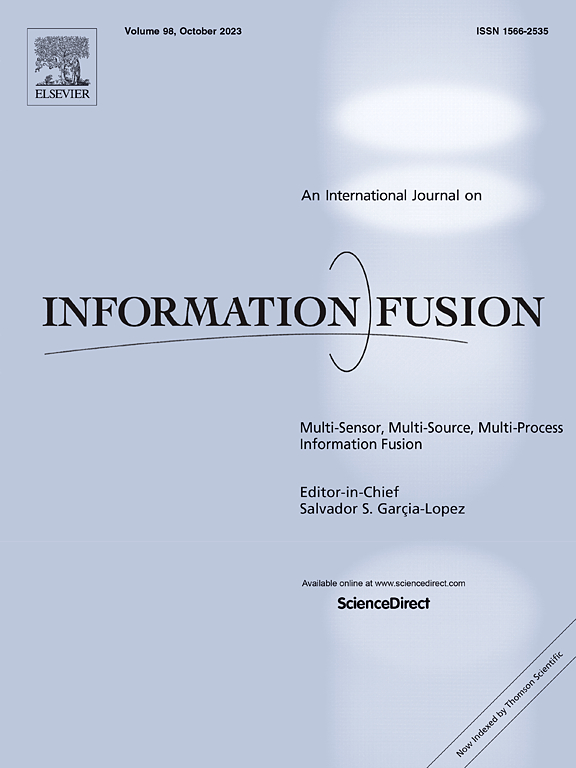基于生成语言模型的可见光人体活动识别
IF 14.7
1区 计算机科学
Q1 COMPUTER SCIENCE, ARTIFICIAL INTELLIGENCE
引用次数: 0
摘要
基于可见光的室内人类活动识别(HAR)由于能够提供室内照明、隐私保护和服务于传感目的而成为一种有前途的方法。然而,目前的可见光HAR方法主要集中在个体人类活动的分类上,缺乏自然表示和上下文关系。在本文中,我们将挑战扩展到可见光信号和文本描述之间的跨模态对齐任务,提出了一个框架,该框架利用生成式大型语言模型(llm)通过序列到序列建模将可见光特征表示解码为人类活动描述。我们实现了该方法的原型系统,并建立了自定义数据集。在真实室内空间的实验表明,该方法有效地实现了可见光感知系统的自然语言级HAR,促进了可见光与自然语言之间的信息融合,通过生成式llm的集成,使智能物理信息系统走向现实应用。本文章由计算机程序翻译,如有差异,请以英文原文为准。
Visible light human activity recognition driven by generative language model
Visible light-based indoor Human Activity Recognition (HAR) rises as a promising approach, due to its ability to provide indoor illumination, privacy protection, and serve sensing purposes. However, current visible light HAR methods are primarily focused on classification of individual human activity, which falls short of naturally representing and contextual relations. In this paper, we extend the challenge to a cross-modal alignment task between visible light signals and textual descriptions, proposing a framework that leverages generative large language models (LLMs) to decode visible light feature representations into human activity descriptions through sequence-to-sequence modeling. We implement a prototype system of our method and build up a custom dataset. Experiments in real indoor space demonstrate that our method achieves effective natural language level HAR from visible light sensing system, it promotes the information fusion between visible light and natural language, bringing the intelligent physical information systems towards realistic application with the integration of the generative LLMs.
求助全文
通过发布文献求助,成功后即可免费获取论文全文。
去求助
来源期刊

Information Fusion
工程技术-计算机:理论方法
CiteScore
33.20
自引率
4.30%
发文量
161
审稿时长
7.9 months
期刊介绍:
Information Fusion serves as a central platform for showcasing advancements in multi-sensor, multi-source, multi-process information fusion, fostering collaboration among diverse disciplines driving its progress. It is the leading outlet for sharing research and development in this field, focusing on architectures, algorithms, and applications. Papers dealing with fundamental theoretical analyses as well as those demonstrating their application to real-world problems will be welcome.
 求助内容:
求助内容: 应助结果提醒方式:
应助结果提醒方式:


